7 Inbound Marketing Tricks to Improve Your Sales Strategy
In today's competitive business landscape, having an effective marketing strategy is essential for small businesses looking to grow and thrive. One approach that has gained significant traction in recent years is inbound marketing.
In this blog post, we will explore 7 inbound marketing tricks that can help improve your sales strategy and drive business growth. By implementing these strategies, you'll be able to attract new customers, foster customer loyalty, and ultimately increase your sales revenue.
So, let's dive in and discover the power of inbound marketing!
What is Inbound Marketing
Inbound marketing is a customer-centric methodology that focuses on attracting, engaging, and delighting potential customers by delivering valuable content and experiences.
It is about building trust, establishing credibility, and creating long-term relationships with your audience. Unlike traditional outbound marketing tactics that interrupt audiences with unwanted messages, inbound marketing aims to pull people in organically through targeted and relevant content.
There are several reasons why inbound marketing is incredibly useful for small businesses:
- Cost-Effective: By focusing on creating valuable content and leveraging digital channels, small businesses can reach their target audience without breaking the bank.
- Targeted Audience: By understanding their audience's needs, pain points, and preferences, small businesses can create tailored content and solutions that resonate with their prospects.
- Brand Visibility and Authority: By consistently delivering valuable content, businesses can build visibility, increase their online presence, and position themselves as trusted authorities in their respective niches.
Inbound Marketing vs. Outbound Marketing
Outbound marketing, also known as traditional or interruption marketing, relies on actively pushing promotional messages to a broad audience in the hope of generating leads or sales.
In contrast, inbound marketing takes a more customer-centric approach by attracting potential customers organically.
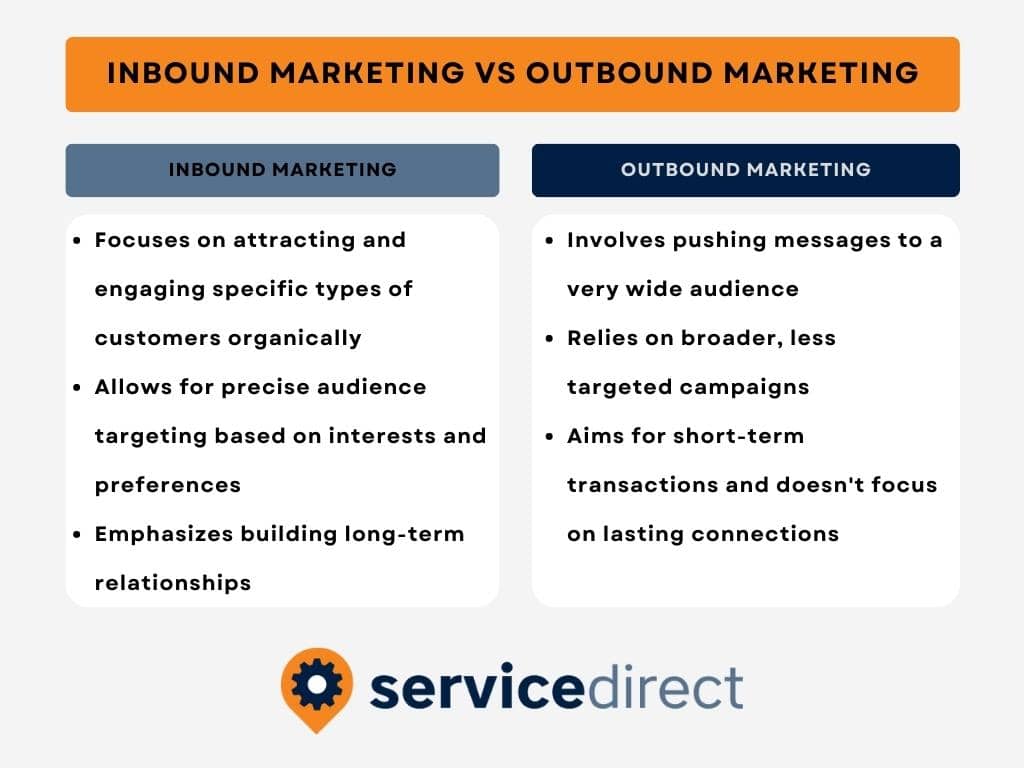
Inbound marketing is a great way to improve your sales strategy and connect with new potential customers, especially in an increasingly digital world where people don’t respond to many forms of antiquated advertising.
Now let's look at the 7 inbound marketing tricks to improve your sales strategy.
1. Get to Know Your Target Market
The first step to effectively using inbound marketing strategies is developing a deep understanding of your target market, or the specific group of people you want to reach with your marketing strategies.
By gaining insights into your audience's needs, preferences, and behaviors, you can create targeted content and tailor your marketing efforts for maximum impact.
To get to know your target market:
- Conduct Market Research: Gather data on demographics, psychographics, and buying behaviors to identify your target market.
- Create Buyer Personas: Develop detailed profiles representing your ideal customers. Consider goals, pain points, values, and preferred communication channels.
- Analyze Customer Data: Use existing data to gain insights into purchasing patterns, preferences, and engagement.
- Conduct Surveys and Interviews: Engage directly with your audience to understand their challenges, preferences, and opinions.
- Monitor Online Interactions: Stay informed about online conversations in your industry to address customer concerns and provide relevant content.
By investing time and effort into getting to know your target market, you can refine your inbound marketing strategies to align closely with their needs. This understanding will allow you to create targeted and personalized content that resonates with your audience, attracts their attention, and compels them to engage with your brand.
2. Provide an Excellent In-hOuse Experience
Delivering an exceptional in-house experience is a vital component of your inbound marketing strategy. By prioritizing customer experience and creating positive interactions, you can foster loyalty and turn customers into advocates for your brand.
Go above and beyond to exceed customer expectations before, during, and after you work with someone.
Make customer support a cornerstone of your business through personalized interactions and prompt, friendly, and knowledgeable assistance. Surprise them with unexpected gestures, such as personalized thank-you notes, loyalty rewards, and access to returning customer discounts.
These small acts of appreciation can leave a lasting impression and encourage repeat business.
Additionally, you’ll want to develop features and enhancements that streamline the processes of working with your company. Don’t cut corners and ensure that everything works smoothly; even the smallest features can make a huge difference in the customer experience.
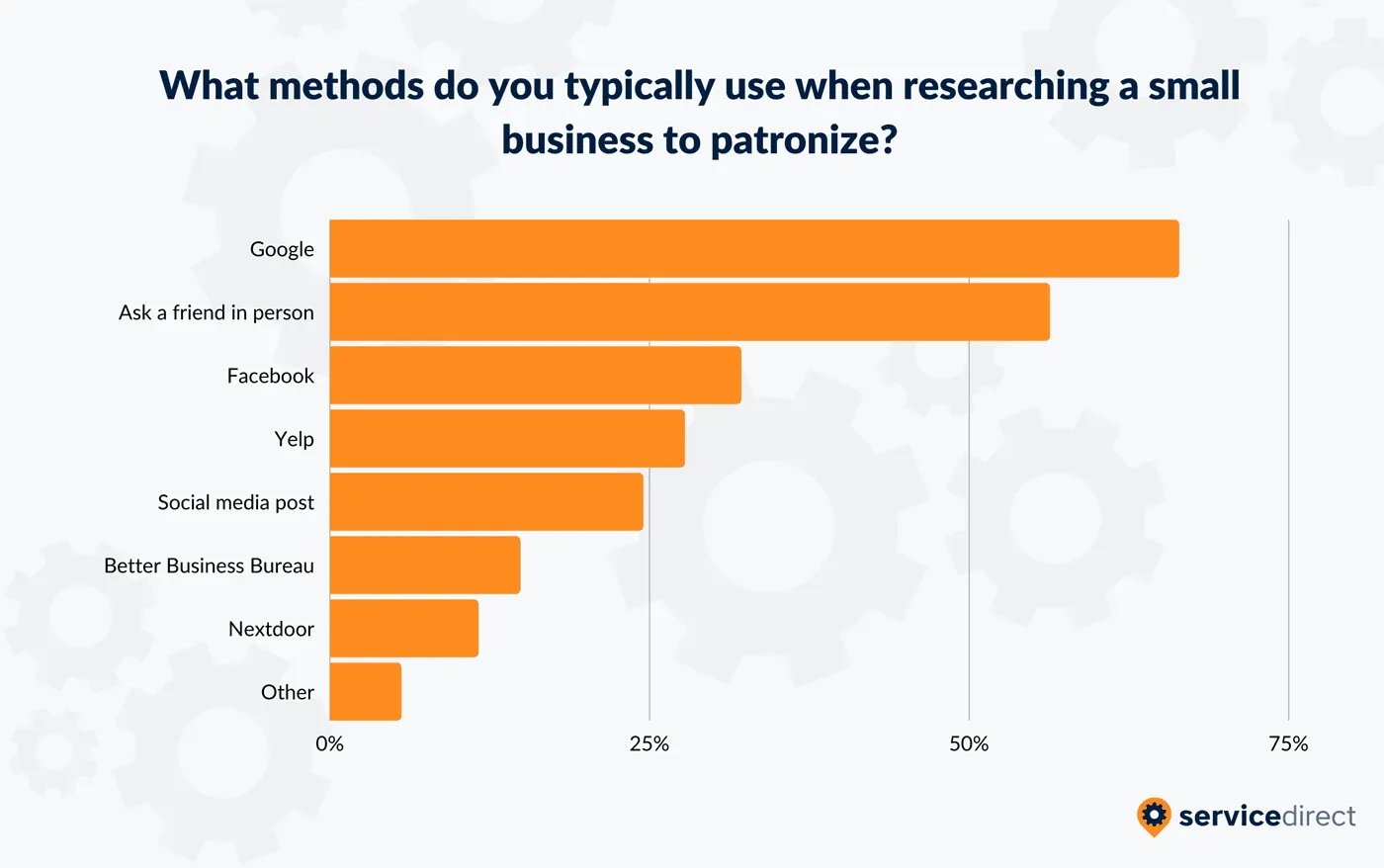
By providing a top-tier in-house experience, you create loyal customers who are more likely to become brand advocates and repeat customers. Additionally, happy customers are more likely to leave positive reviews and provide word-of-mouth referrals, which is still how over half of consumers find businesses to patronize.
3. Email Campaigns
Email marketing remains one of the most effective inbound marketing tools for small businesses. It allows you to nurture leads, build relationships with customers, and drive conversions.
By leveraging the power of email, you can reach your target audience directly and deliver personalized, engaging content. Here's how to run successful email marketing campaigns:
- Build an Engaged Email List: Offer incentives to encourage sign-ups from interested visitors. Examples include exclusive downloads, discounts, or webinar access.
- Segment Your Audience: Divide your list based on demographics, preferences, and behavior to send targeted emails with a higher rate of engagement and conversion.
- Create Compelling Content: Provide valuable, visually appealing content in a conversational tone. Personalize your emails to maintain a friendly, warm tone.
- Implement Automation: Use email automation to save time and deliver timely, triggered emails.
- A/B Test and Optimize: Experiment with different elements such as various CTAs, links, and images, and analyze results to improve performance.
- Monitor Metrics: Track open rates, click-through rates, and conversions and adjust strategies accordingly.
- Maintain Consistency: Find a balance between staying top of mind and not overwhelming subscribers. Figuring out an email cadence is crucial to effective email marketing.
By following these steps, you can leverage email marketing to engage your audience, drive conversions, and foster customer loyalty.
4. SEO for Organic Search
When it comes to using inbound marketing to attract organic traffic, search engine optimization (SEO) plays a crucial role. SEO involves optimizing your website and content to improve your search engine rankings and reach your target audience effectively.
First, you’ll need to conduct thorough keyword research to identify relevant keywords and phrases that your target audience is likely to search for. Use SEO tools like Google Keyword Planner to discover popular search terms and incorporate them naturally into your website.
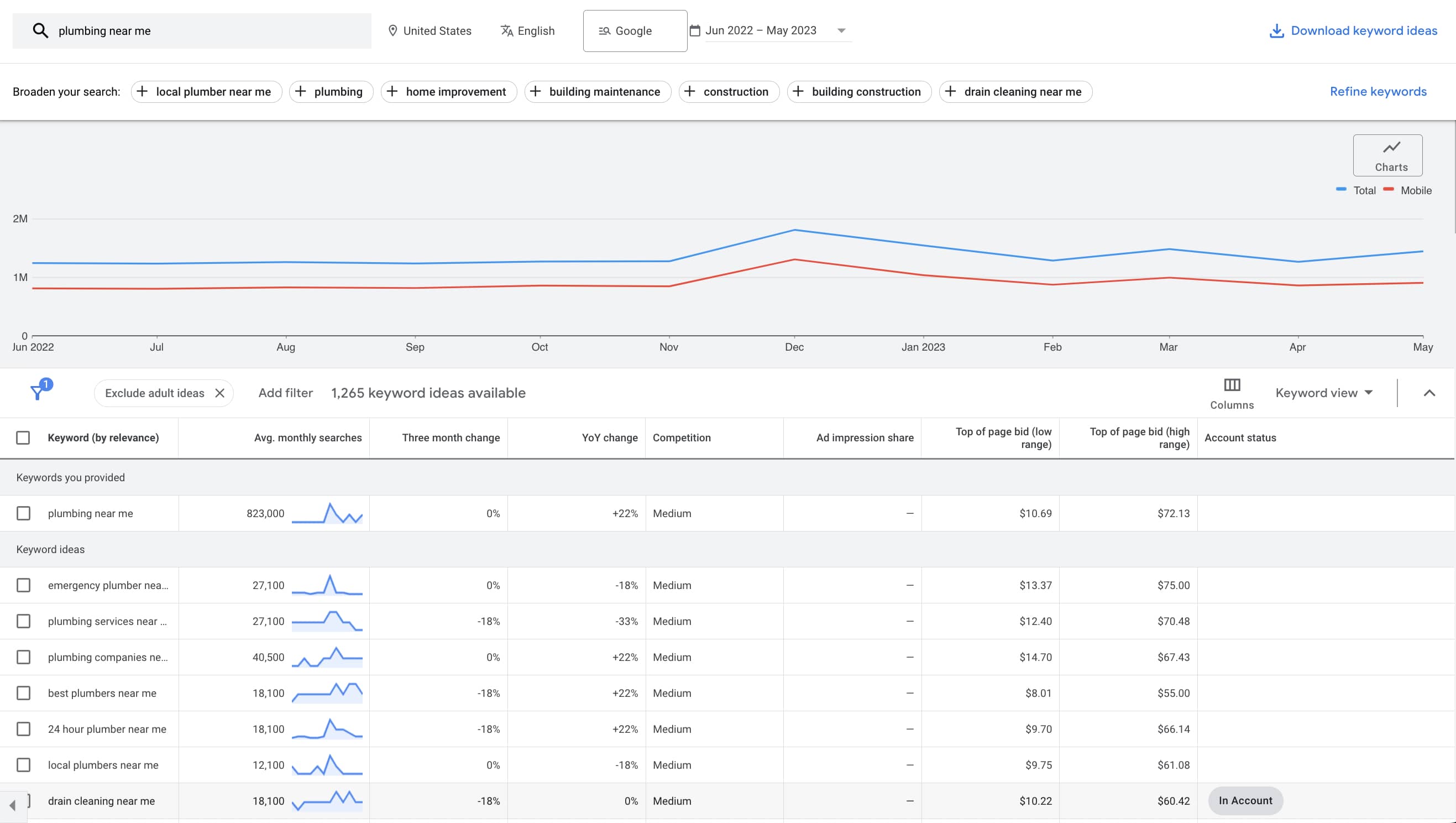
Next, you’ll want to optimize your web pages by including target keywords in meta tags, headings, URLs, and throughout the content. Ensure your website is well-structured, with clear navigation and descriptive titles to further boost SEO.
Finally, focus on creating valuable, informative, and engaging content that addresses the needs and interests of your target audience. Craft blog posts, articles, videos, or infographics that provide solutions, answer common questions, and offer unique insights. Strive for quality over quantity and aim to establish your brand as a trusted resource in your industry.
By implementing these SEO strategies, you can increase your website's visibility in search engine results and attract organic traffic from your target audience.
5. Content Creation
Creating valuable and compelling content is at the core of a successful inbound marketing strategy. By producing high-quality content that resonates with your target audience, you can attract, engage, and convert potential customers.
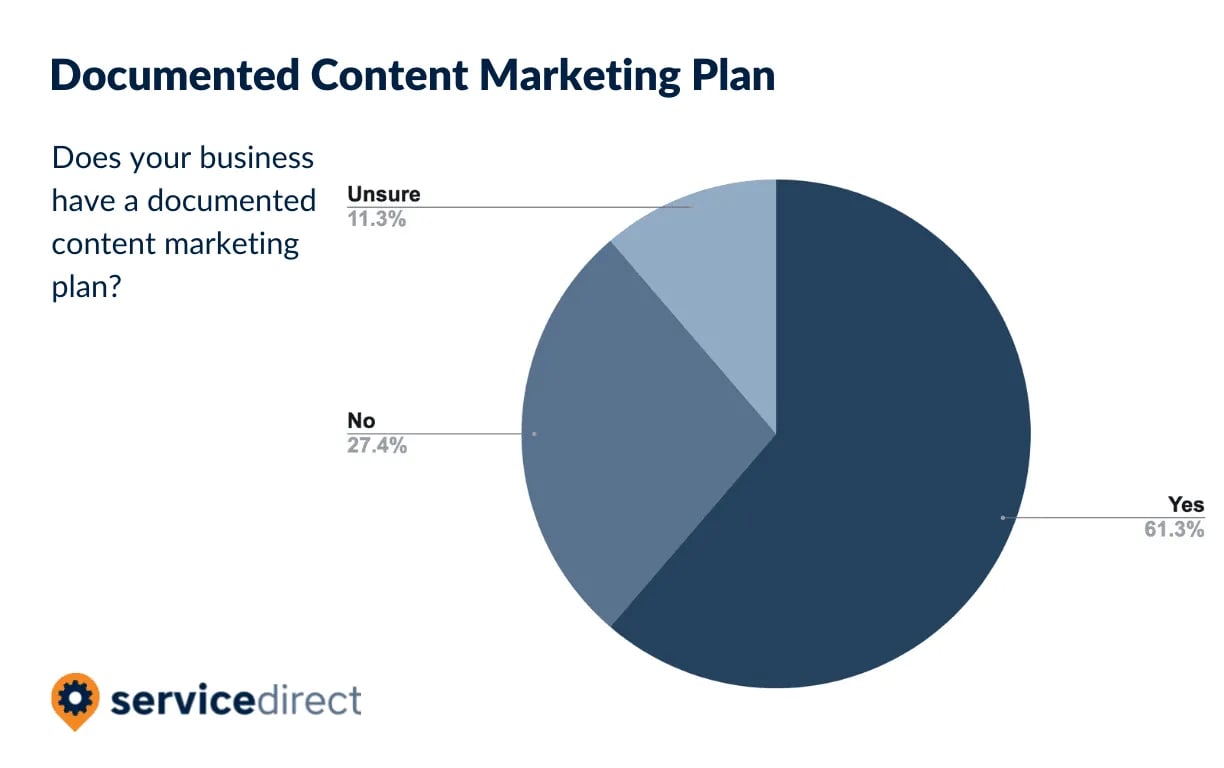
Here are some key considerations for effective content creation:
- Develop a Content Strategy: Define your goals, target audience, and key messages. Create a content calendar to plan and organize your content production while staying within your budget.
- Use a Variety of Formats: Explore different content formats to cater to diverse audience preferences such as blog posts, images and infographics, videos, podcasts, and more.
- Provide Valuable Information: Focus on delivering valuable content by addressing common questions, offering insights, and sharing expertise. Position your brand as a trusted authority in your industry.
- Incorporate Visuals: Utilize images, infographics, charts, and videos to enhance the visual appeal of your content. Visual elements can convey information more effectively, break up text, and increase engagement.
- Promote Your Content: Develop a promotional strategy to amplify the reach of your content. Share it on social media platforms, send out email newsletters, or collaborate with influencers to expand your content's reach.
- Measure and Analyze: Track the performance of your content through key metrics like page views or conversions and analyze the data to understand what resonates with your audience.
- Stay Consistent: Regularly publish fresh and engaging content to maintain audience interest and build a loyal following. Consistency is key to establishing your brand as a go-to resource in your industry.
By focusing on creating valuable and engaging content, you can attract and retain the attention of your target audience, build brand authority, and drive conversions.
6. Engaging Organic Social Media
You probably already know that social media is a powerful platform for connecting with your audience, building brand awareness, and driving engagement. That’s why it’s important to leverage social media effectively as part of your inbound marketing strategy.
But, of course, running a business social media account is not the same as checking your personal profiles every now and then. You’ll need to focus on key social media strategies to stay active and grow organically.
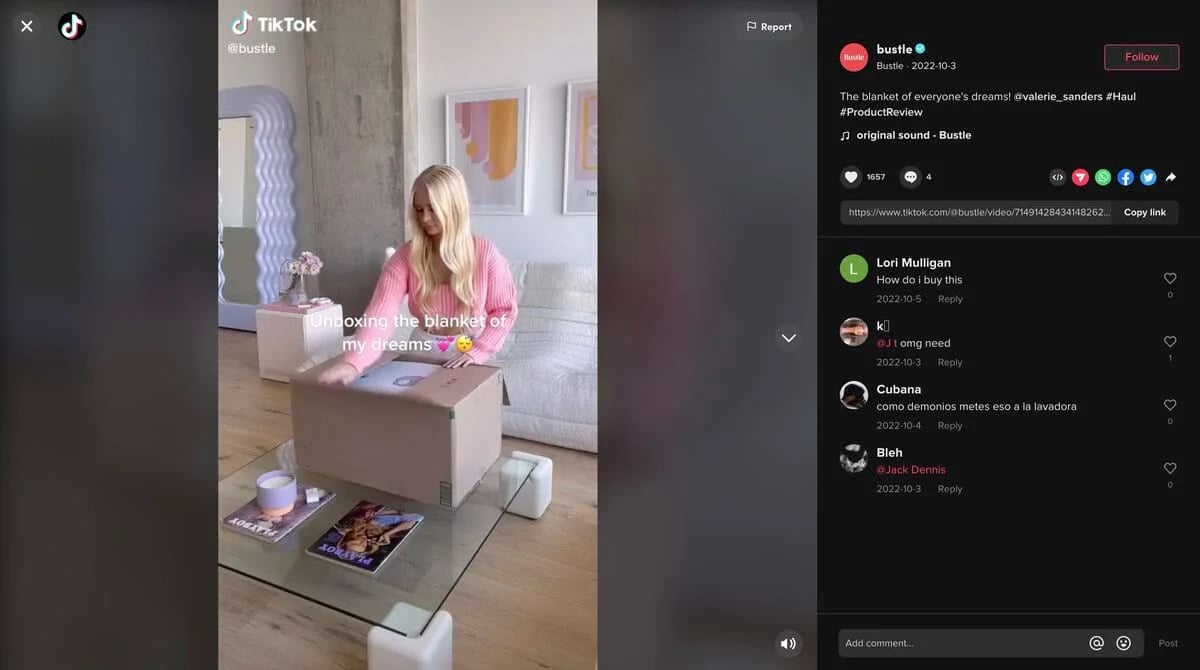
These strategies include choosing the right platforms for your business and audience, establishing a consistent brand voice, and creating engaging content. Platforms like TikTok, for example, are a great place to engage with Gen-Z.
It’s also critical that you stay active and engaged on social media, which can include:
- Responding to comments, questions, and any mentions.
- Sparking conversations by asking questions and sharing engaging content.
- Adding relevant hashtags to your posts to help get them in front of the right people.
- Collaborating with influencers that have a loyal following.
Finally, as with all marketing strategies, you’ll want to track performance and adjust accordingly to ensure your social media efforts aren’t wasted.
7. Backlinks and Networking
Backlinks play a crucial role in improving your website's authority, visibility, and search engine rankings. They are essentially a vote of confidence from a reputable source that tells Google you know what you’re talking about.
Additionally, networking with other businesses and industry professionals can lead to valuable partnerships and opportunities for beneficial marketing elements like guest posts on your blog.
Here's how you can leverage backlinks and networking to enhance your inbound marketing strategy:
- Build High-Quality Backlinks: Earn backlinks from reputable websites by creating valuable content, guest posting, and collaborating with influencers.
- Engage with Industry Influencers: Connect with influencers by sharing their content and mentioning them. This can lead to backlinks and exposure to their audience.
- Participate in Online Communities: Join industry-related forums and communities, contribute valuable insights, and gain backlinks from active engagement.
- Attend Industry Events: Network with professionals at events and conferences, and build partnerships that can result in referrals and backlinks.
- Collaborate with Complementary Businesses: Identify non-competitive businesses for joint initiatives, expanding reach, and earning backlinks.
- Monitor and Disavow Toxic Backlinks: Regularly check your backlink profile, removing any harmful links that may negatively affect your website.
By prioritizing quality relationships and valuable content, you can enhance your inbound marketing efforts through backlinks and networking.
Conclusion
Inbound marketing is a powerful strategy for small businesses looking to improve their sales strategy.
By understanding marketing strategies like creating email marketing nurtures, optimizing for organic search, writing valuable content, and more, you can attract and convert customers effectively.
Embrace these inbound marketing tricks to establish your brand, foster meaningful connections, and drive sustainable growth for your small business.


